- genevb's home page
- Posts
- 2024
- 2023
- 2022
- September (1)
- 2021
- 2020
- 2019
- December (1)
- October (4)
- September (2)
- August (6)
- July (1)
- June (2)
- May (4)
- April (2)
- March (3)
- February (3)
- 2018
- 2017
- December (1)
- October (3)
- September (1)
- August (1)
- July (2)
- June (2)
- April (2)
- March (2)
- February (1)
- 2016
- November (2)
- September (1)
- August (2)
- July (1)
- June (2)
- May (2)
- April (1)
- March (5)
- February (2)
- January (1)
- 2015
- December (1)
- October (1)
- September (2)
- June (1)
- May (2)
- April (2)
- March (3)
- February (1)
- January (3)
- 2014
- December (2)
- October (2)
- September (2)
- August (3)
- July (2)
- June (2)
- May (2)
- April (9)
- March (2)
- February (2)
- January (1)
- 2013
- December (5)
- October (3)
- September (3)
- August (1)
- July (1)
- May (4)
- April (4)
- March (7)
- February (1)
- January (2)
- 2012
- December (2)
- November (6)
- October (2)
- September (3)
- August (7)
- July (2)
- June (1)
- May (3)
- April (1)
- March (2)
- February (1)
- 2011
- November (1)
- October (1)
- September (4)
- August (2)
- July (4)
- June (3)
- May (4)
- April (9)
- March (5)
- February (6)
- January (3)
- 2010
- December (3)
- November (6)
- October (3)
- September (1)
- August (5)
- July (1)
- June (4)
- May (1)
- April (2)
- March (2)
- February (4)
- January (2)
- 2009
- November (1)
- October (2)
- September (6)
- August (4)
- July (4)
- June (3)
- May (5)
- April (5)
- March (3)
- February (1)
- 2008
- 2005
- October (1)
- My blog
- Post new blog entry
- All blogs
Sti embedded and overlapped materials tests
Embedded and overlapped material tests, along with sketches of the materials vs. radius to help visualize:
(Note: units are [cm])
Legend:

Looking more closely at the "oddities" in [F], I found that the negative Dmetric (i.e. reduced effect) corresponds to tracks whose η*sign(z) is positive, while the tracks with particularly large Dmetric (saw considerably more material) had negative η*sign(z):

If one assumes that the z where this material change happens is at ±20 cm, simple math can give some estimates of the radius where the effects are seen. The results for Dmetric<0 tracks which exit the tubes at their ends are pretty close to <r>=11 cm (first plot), while the particularly large Dmetric>3 tracks which enter the tubes at their ends start at the same mimum radius, but extend ~1 cm higher in radius (second plot).
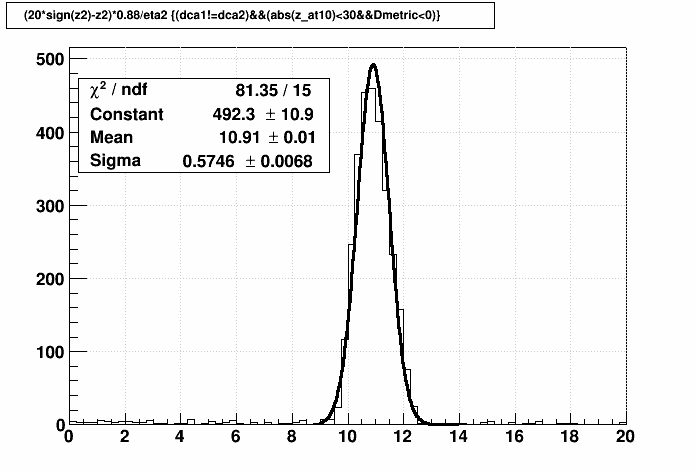
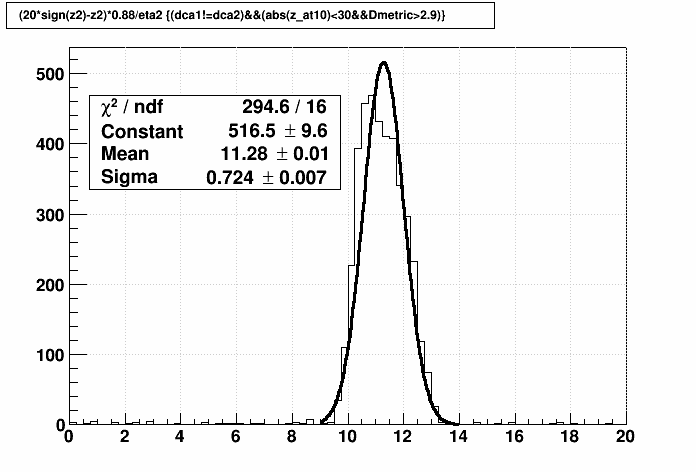
Using this same radius calculation technique with the oddity tracks in the [D] and [E] comparisons, I find that they span r~[10.5,13] and r~[11.5,13] respectively where they enter the tubes (η*sign(z) < 0). So I conclude that those two particular oddities are the tracks which went through the air only without going through the aluminum. So their net effect was similar to the net effect of air vs. nothing: slight reduction of material for the tracks to see. Extending the aluminum meant some of these tracks that previously saw air only no longer saw just air only.
My conclusions thus far:
(Note: units are [cm])
Legend:
- No material
- Aluminum tube at z=[-20 cm,+20], r = [12,13] :

- Same aluminum tube embedded in air tube at same z, r = [10,15] :
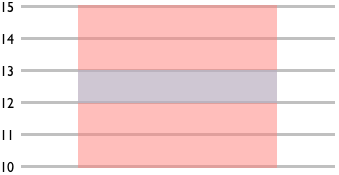
- Aluminim tube at z=[-20 +20], r=[11,12] not overlapping air tube at same z, r=[12,15] :
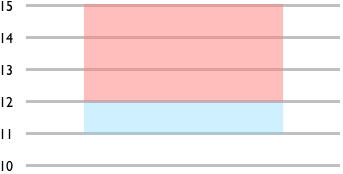
- Aluminum tube at z=[-20,+20], r=[11,13] overlapping air tube at same z, r=[12,15] :

- (1) → (2) : using the aluminum tube alone adds significant effect
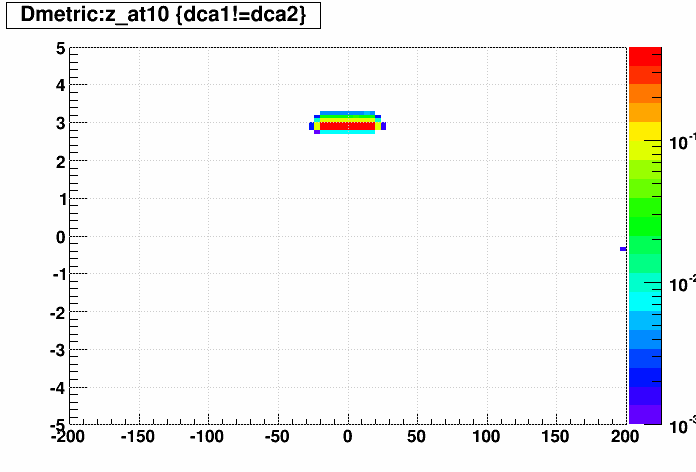
- (1) → (3) : using the aluminum embedded in air has a small and negative effect (is air *less* dense than what was there previously?), with some oddity for the +z side (further playing around, I think there is a small oddity of postive Dmetric tracks which is there at both ends and suppressed in this plot by its minimum, and some other oddity with positive Dmetric which seems to be there for most +z)

- (2) → (3) : surrounding the aluminum with air effectively removes material

- (1) → (4) : using air outside aluminum has a larger effect than (1) the aluminum alone, and some oddities at the ends

- (1) → (5) : using air overlapping twice the aluminum has a larger effect still (though not quite doubling the aluminum), and again some oddities at the ends
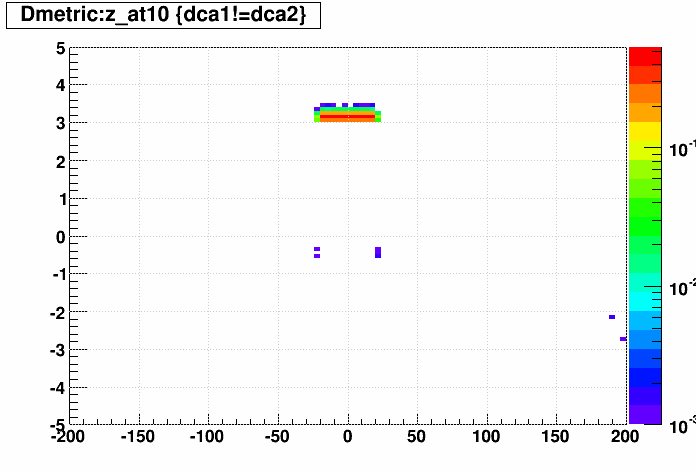
- (4) → (5) : expanding the aluminum tube into the air tube shows the increased effect of more aluminum, which is not quite the same effect as observed in [A]: (1) → (2), and again features some oddities at the ends:
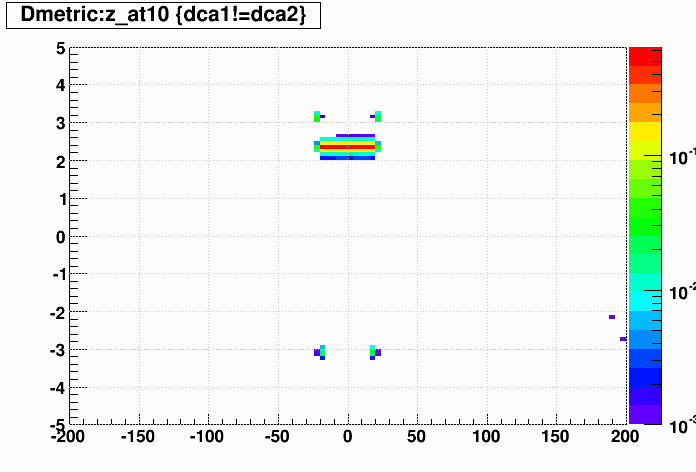
Looking more closely at the "oddities" in [F], I found that the negative Dmetric (i.e. reduced effect) corresponds to tracks whose η*sign(z) is positive, while the tracks with particularly large Dmetric (saw considerably more material) had negative η*sign(z):

If one assumes that the z where this material change happens is at ±20 cm, simple math can give some estimates of the radius where the effects are seen. The results for Dmetric<0 tracks which exit the tubes at their ends are pretty close to <r>=11 cm (first plot), while the particularly large Dmetric>3 tracks which enter the tubes at their ends start at the same mimum radius, but extend ~1 cm higher in radius (second plot).


Using this same radius calculation technique with the oddity tracks in the [D] and [E] comparisons, I find that they span r~[10.5,13] and r~[11.5,13] respectively where they enter the tubes (η*sign(z) < 0). So I conclude that those two particular oddities are the tracks which went through the air only without going through the aluminum. So their net effect was similar to the net effect of air vs. nothing: slight reduction of material for the tracks to see. Extending the aluminum meant some of these tracks that previously saw air only no longer saw just air only.
My conclusions thus far:
- Air appears as a less dense material than nothing (whatever we are using is more dense than air, or adding air makes itself and whatever was there invisibile)
- Embedding an aluminum tube completely in air (at the same <r>?) makes the aluminum tube invisible
- I have no idea why an air tube outside an aluminum tube has more effect than just the aluminum tube alone (particularly since the aluminum tube alone had a larger radius by ~10%, and the effect should grow with radius, plus the earlier evidence that air is less effective than using nothing): Δscaled vs. nothing goes from 0.78e-3 → 1.12e-3 [cm*(GeV/c)2]
- The portion of an aluminum tube which overlaps an air tube at larger radius is seen, though not as effectively as desired: Δscaled vs. nothing goes from 1.12e-3 → 1.34e-3, despite being the equivalent addition of material that caused Δscaled=0.78e-3.
Groups:
- genevb's blog
- Login or register to post comments
